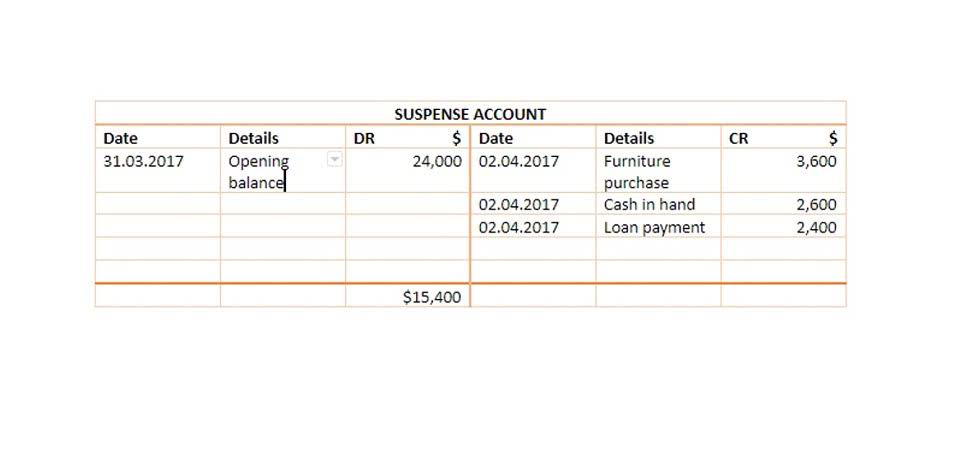Integrated Cash Logistics is here to provide more information about how cash management services work, along with how they can benefit your business. As a business owner, knowing the difference between cash management vs. cash management vs treasury management treasury management to efficiently streamline and grow your business is crucial. Treasury management’s responsibilities include managing investments, handling long-term debt, and ensuring the organization has access to capital when needed. Treasury and cash management both play an important role in your organization’s financial health.
- Such quick turnarounds are often impossible without relying on low-quality and unreliable connection methodologies that leverage screenscraping rather than direct connectivity technology.
- It’s about staying on top of your payments, avoiding cash flow issues, and making sure you have a buffer for emergencies.
- At the most basic level, cash management starts with managing a company’s bank accounts.
- (e) Procurement and raising of funds from various sources like issue of shares and debentures, raising of term-loans from banks and financial institutions etc.
- As your community bank in the Shenandoah Valley, F&M Bank offers everything your business needs to manage cash flow.
ERP systems
ICL’s secure cash-handling services help businesses mitigate the risk of theft, loss, or delayed deposits. This streamlined cash management helps reduce daily financial risk, along with improving treasury management by offering a stronger financial strategy for enhanced asset and investment strategy needs. It is helpful to regularly utilize your cash flow statement, as well as liquidity and solvency ratios (which reflect your ability to meet long-term financial obligations, like debt repayment), to spot issues. As you can see, treasury management is about knowing where you law firm chart of accounts currently stand and positioning your business for a better future.
Financial risk mitigation
Regulatory and organisational issues mean that most companies will adopt a combination of solutions, which are adapted to their own requirements. (iii) The decentralized treasury function may be able to be more responsive to the needs of individual operating units. (g) The balance of funds to be maintained for entire organization, on precautionary measures. (e) Foreign currency risk can be efficiently managed by adopting hedging techniques. (d) Identification of sources of funds and cost-benefit analysis of different sources of funding. (k) Identify surplus funds in certain divisions and transfer them to the divisions which are facing deficit of cash.
- Therefore, treasury and finance teams seeking a robust cash management solution may end up needing to purchase multiple systems.
- Keeping up with your financial obligations ultimately helps your business maximize earnings and your bottom line.
- The company maintains a high-level cash report in a spreadsheet that’s updated on a semi-regular basis.
- This means ensuring that the company has enough cash on hand to cover its obligations and expenses.
- Through the process of collecting and managing cash flows, your ultimate goal is to maximize liquidity and minimize the cost of funds.
- The company considers staffing up a small treasury team to support this shift and help advise the CFO on long-term financial planning.
Better liquidity management
Treasury managers try to minimize losses by adopting risk transfer and hedging techniques that suit the internal policies of the organization. Options, futures and swap are a few of the major derivative instruments, the Treasury Managers use to hedge their risks. Understanding the difference can help you make better financial decisions for your company. It’s all about knowing when to focus on the short-term and when to think long-term. Treasury management prepares your organization for possible financial problems in the future that could impact your goals.
Which method is most suitable for your business?
Managing cash at some level is a fundamental prerequisite for any business – and it’s arguably the most important activity performed by the treasury function. A sub-task of treasury management, cash management refers to ensuring that a business has enough cash on hand to meet its short-term obligations. These obligations can include payments owed to suppliers recording transactions (accounts payable), liabilities like loan repayments, and other business expenses such as salaries.
How ICL Optimizes Cash Management and Treasury Management
When treasury teams build close partnerships with financial institutions, they can access better services, more favorable financing options, and faster support when needed. Whether it’s funding a new project, making a strategic acquisition, or paying down debt, having access to cash gives the organization the flexibility to act quickly and seize opportunities as they arise. (f) Monitoring of trends in capital market, debt market, government policies and regulations, inflationary tendency etc. and its impact on corporate finance. (c) Participation in financial decisions like, corporate structuring, dividend payment, buyback of shares, redemption of debentures etc.
Lengthy Implementation Timelines Requiring Significant IT Resources
- This proactive approach to managing cash flow helps mitigate risks and set the stage for growth.
- The CFO or equivalent needs to report to investors on a regular basis regarding how their capital is being utilized.
- Cash rewards are paid by Ramp Business Corporation and not by First Internet Bank of Indiana, Member FDIC.
- Mixing up these two methods—or worse, relying on just one—leads to bad decisions.
- It involves collecting, transferring, investing, and disbursing cash efficiently and securely.
Some companies track every euro moving in and out (direct method), while others focus on long-term trends based on accounting data (indirect method). Understating the difference between direct and indirect cash flow can make a big, well, difference. Streamline cash management by automating fund transfers and scheduling deposits, saving valuable time each week, and benefit from free, same-day ACH to extend vendor payment terms by up to three days.






